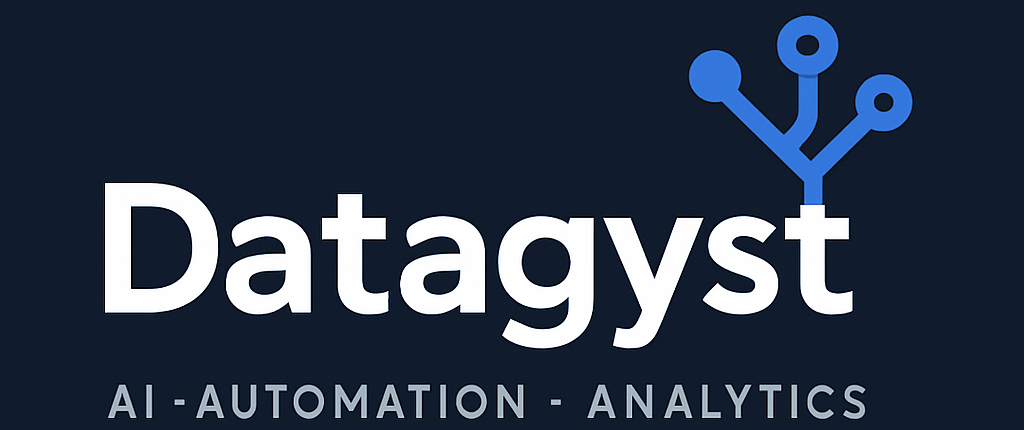Building expertise through carefully selected technical literature
After mentoring dozens of data engineers and building data platforms for Fortune 500 companies, I’ve noticed a consistent pattern: the most effective practitioners aren’t just skilled at implementing solutions—they understand the fundamental principles that guide good system design. This understanding comes from studying the seminal works that shaped our field.
This curated reading list represents five years of recommendations that have consistently helped engineers transition from implementing solutions to architecting systems. Each book addresses specific knowledge gaps I’ve observed in the field, organized by career progression and specialization areas.
Foundation Knowledge (0-2 Years Experience)
“Designing Data-Intensive Applications” by Martin Kleppmann
Why this book is essential: This is the single most important book for understanding modern data systems architecture. Kleppmann brilliantly explains the trade-offs inherent in distributed systems without getting lost in implementation details.
Key concepts covered:
- Reliability, scalability, and maintainability principles
- Data models and query languages evolution
- Storage engines and their performance characteristics
- Replication strategies and consistency models
- Partitioning approaches for distributed systems
Real-world application: I reference concepts from this book weekly when designing data architectures. The section on consistency models directly influenced how we approached our distributed transaction processing system for a financial services client.
Best use: Read this cover-to-cover before diving into any specific technology. The conceptual framework will help you evaluate tools and architectural decisions throughout your career.
“The Data Warehouse Toolkit” by Ralph Kimball and Margy Ross
Why it remains relevant: Despite being written before the modern data lake era, Kimball’s dimensional modeling techniques remain the foundation for analytical data design. Understanding these

Leave a Reply